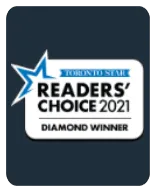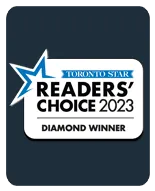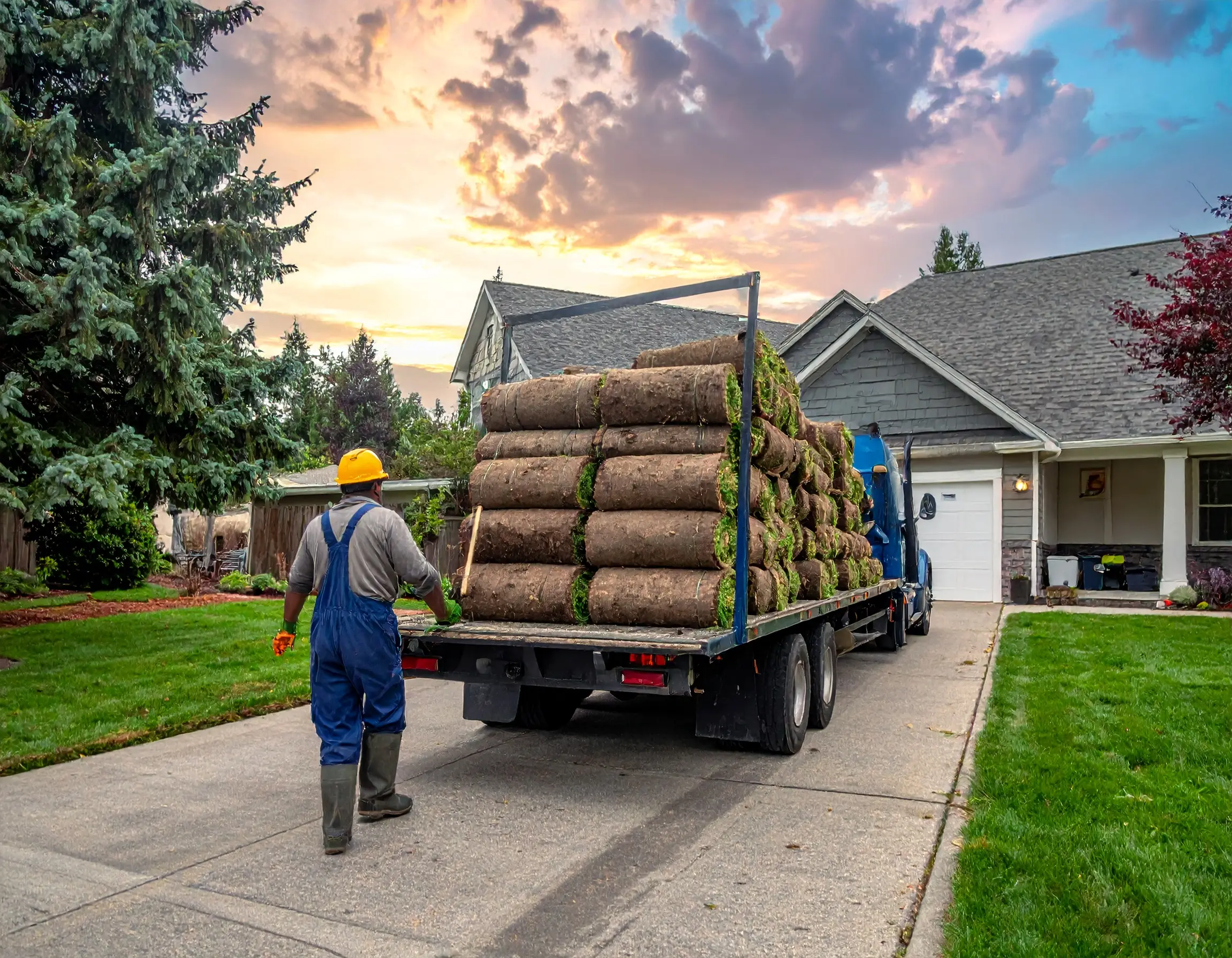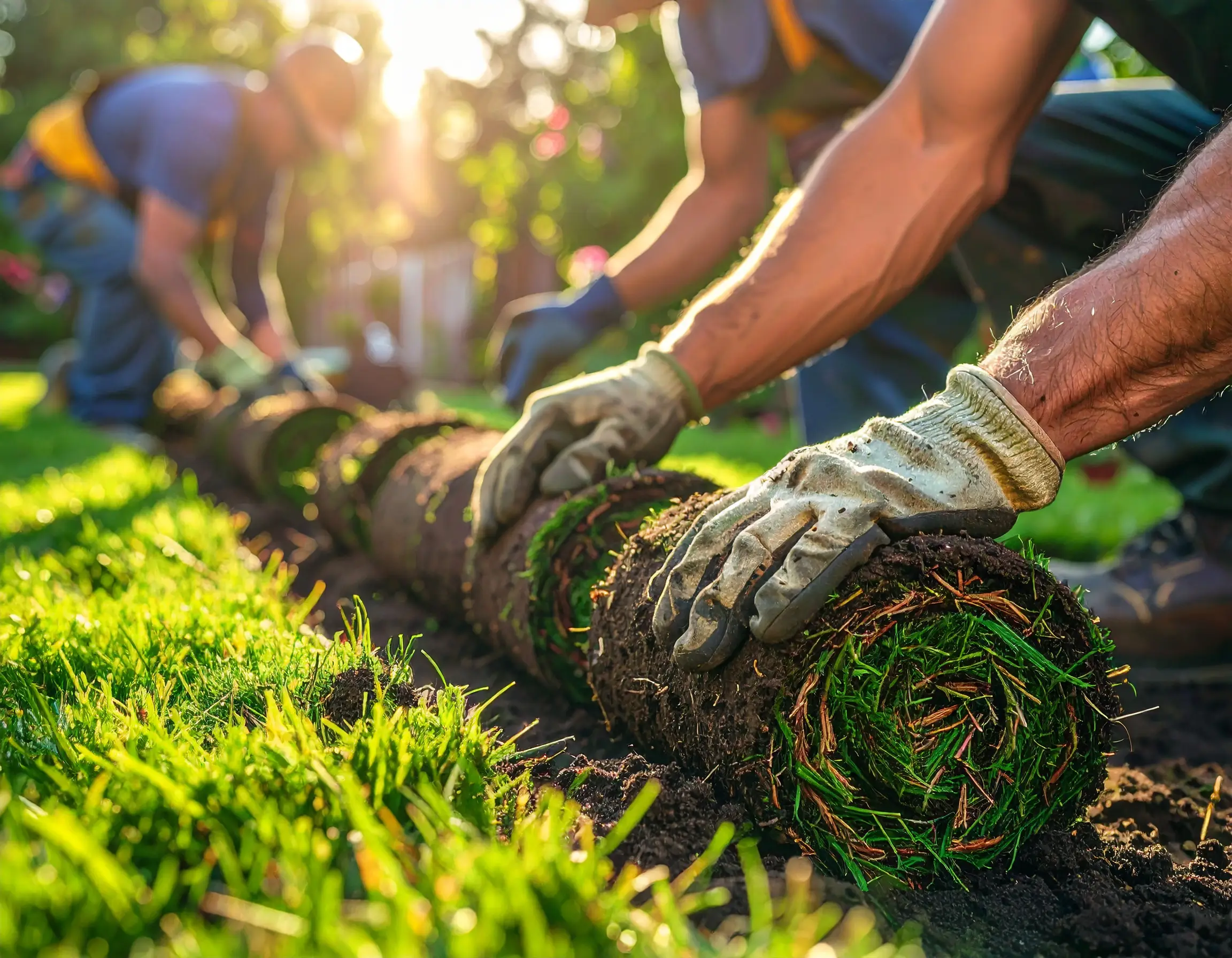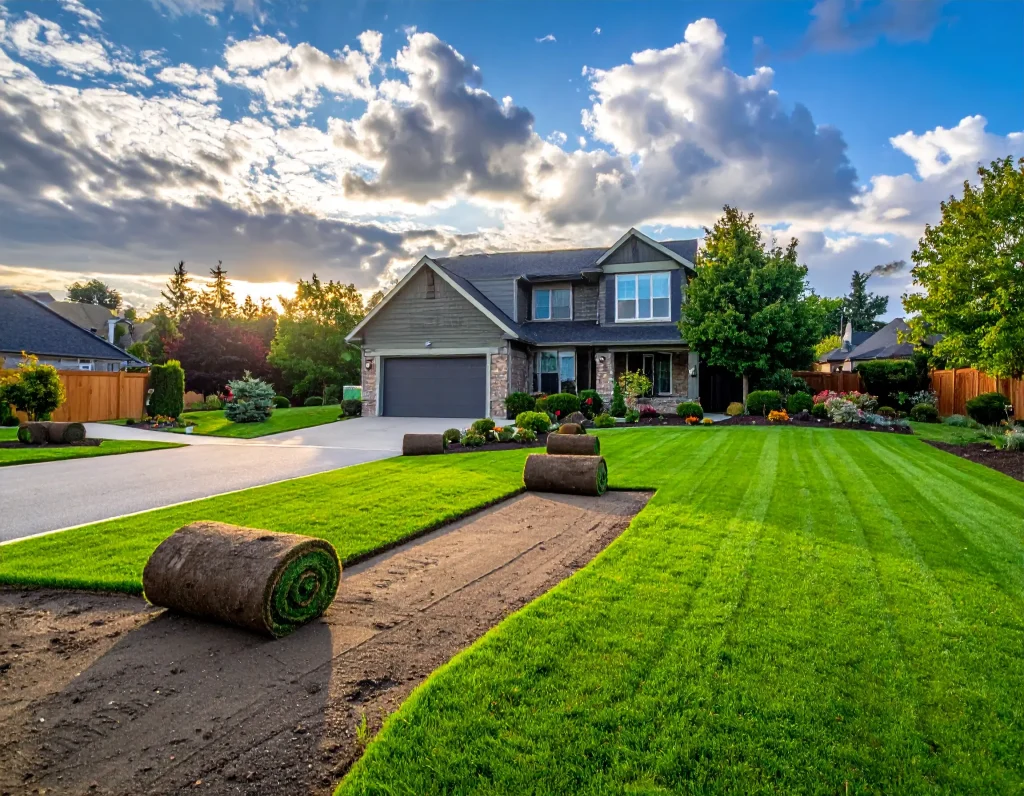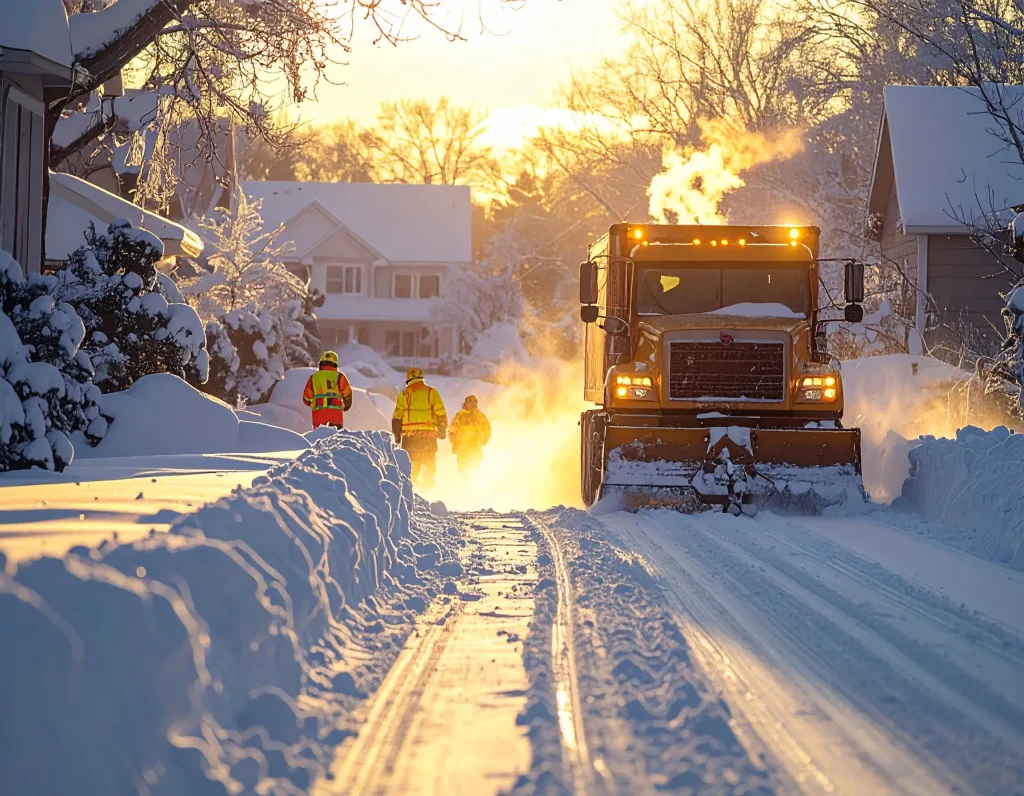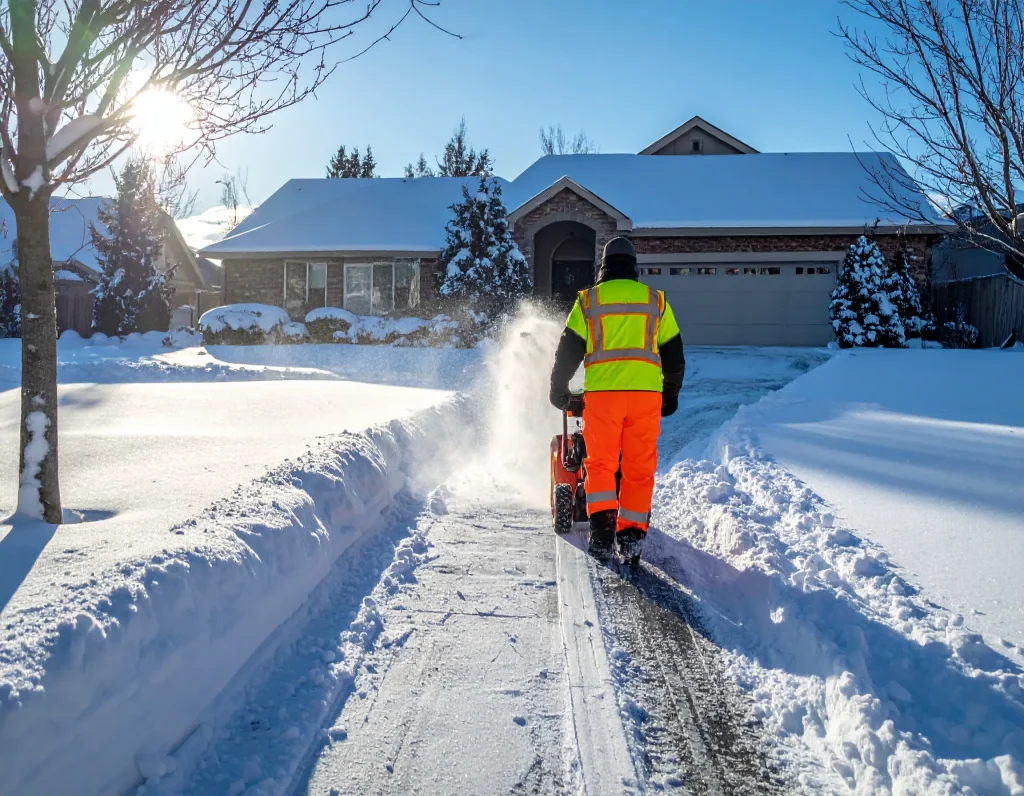Creating a lush, green lawn with fresh sod is an exciting upgrade for any Oakville homeowner. Unlike seeding, sodding gives you an instant lawn – but it comes at a cost. How much should you budget for a sodding project? On average, professionally installed sod in Ontario (including Oakville) costs about $1.50 to $3.00 per square foot, which means a 1,000 sq. ft. lawn could range roughly from $1,500 to $3,000 in total. The wide range is because several key factors influence your final sodding bill.
1. Size of Your Lawn (Square Footage)
The size of the area you plan to sod is the single biggest determinant of cost. Sod is typically priced by the square foot, so larger lawns require more sod rolls and more labor, driving up the price. In fact, the size of your lawn is often cited as one of the most significant factors affecting sod installation cost. Simply put, the more square footage, the higher the overall cost.
However, there can be some economy of scale for big projects. Some contractors charge a slightly lower rate per square foot for larger jobs or neighboring lawns done together. For example, if you and a neighbor both need new sod, combining the projects might net you a better overall deal. It’s a good idea to measure your lawn area accurately and get quotes for the exact square footage – this helps you budget precisely and even explore volume discounts for larger areas.
2. Type and Quality of Sod
Not all grass is created (or priced) equally. The type of sod you choose for your Oakville lawn will impact your budget. Different grass varieties have varying costs depending on their quality, durability, and growth characteristics.
For instance, premium or specialty grass types (like zoysia or bentgrass) tend to be more expensive, while common varieties such as perennial ryegrass or Kentucky bluegrass are often more affordable. Higher-end sod blends might boast extra drought tolerance or a richer color, but they will raise your material costs.
When planning your project, consider what grass variety suits your needs and climate. Oakville’s climate supports cool-season grasses like Kentucky Bluegrass (popular for its lush look) or Fine Fescue (more shade and drought-tolerant). If you’re on a tight budget, opting for a locally grown, common sod variety will keep costs down. Just remember that investing in a quality sod that matches your lawn’s sunlight conditions and usage can save you money on maintenance in the long run – a hardy, well-chosen grass will establish faster and stay healthier with less intervention.
3. Soil Preparation and Old Lawn Removal
Preparing the site is a crucial step that homeowners sometimes underestimate when budgeting. If your lawn needs significant prep work, the costs will increase accordingly. This factor includes removal of the old lawn (resodding), clearing weeds or rocks, grading the area for proper drainage, and adding topsoil or soil amendments as needed. For example, completely stripping out an existing patchy lawn or leveling an uneven yard involves extra labor and possibly equipment rental, which adds to the bill.
Oakville’s soil conditions can vary – some yards have compacted clay soil that needs loosening or enrichment before new sod goes down. Installing sod on poorly prepared soil is risky (the sod might not “take” well), so professional installers will charge for necessary tasks like tilling, debris removal, and soil improvement to ensure a successful lawn.
As a homeowner, you should budget for these preparation costs. In some cases, you might save a bit by doing minor prep tasks yourself (for instance, removing small debris or old turf in advance), but be sure to discuss this with your sod installer. Proper prep is an investment in your lawn’s future – while it does add upfront cost, it leads to a healthier lawn and can prevent costly rework later.
4. Accessibility and Site Complexity
The layout and accessibility of your property can also swing your sodding costs. If your yard is easy to access with equipment and has a simple, open layout, installation will be more efficient. But many Oakville homes have fenced backyards, tight side gates, landscaping obstacles, or sloping grades that make the work more challenging. Difficult access or complex layouts increase labor time, which raises costs. For example, if landscapers have to haul sod rolls by hand to a fenced-in backyard because a pallet or wheelbarrow can’t fit through a narrow gate, expect extra charges for the additional man-hours. Similarly, if your property has a lot of trees, roots, or old stumps to work around, the crew must take more care and time to lay sod properly around these obstacles.
Yard shape and terrain play a role as well. An irregularly shaped or hilly lawn requires more cutting and fitting of sod pieces, leading to higher labor effort (and possibly some wasted sod off-cuts). Lawns with steep slopes might need erosion control measures or careful handling, adding to the complexity. In contrast, a flat, rectangular front lawn with street access is the easiest (and cheapest) scenario for sodding. When budgeting, evaluate your yard: note any tight access points, gradient challenges, or features like retaining walls, patios, or garden beds that workers will need to work around. These site complexities are important cost factors – one industry rule of thumb is that a front yard often costs less to sod than a backyard of the same size, simply because backyard access is harder and slows down the installation. If possible, plan to provide easier access on installation day (for instance, temporarily removing a section of fence) to help reduce labor time and cost.
5. Labor and Installation Services (Professional vs. DIY)
Labor costs are a substantial part of any sodding budget – after all, sod installation is labor-intensive work. Hiring a professional crew in Oakville means paying for their time, expertise, and equipment. Typically, labor can account for a significant portion of your total sod installation cost (some estimates put labor at up to ~80% of landscaping project costs). Professional sodding services in the GTA often charge roughly $1.00 to $3.00 per square foot just for the installation labor (on top of the sod material costs).
The exact rate will depend on the company and the project complexity – a straightforward job might be on the lower end, whereas a complex or rush job could be higher. Remember that anything increasing the crew’s workload (like removing existing sod by hand or dealing with those access issues from factor #4) will boost the labor hours required, and thus the labor fees.
One way to manage this cost factor is to consider DIY vs. professional installation. Laying sod yourself can save you the labor charges, making the project far cheaper in dollar terms. For a small area or if you’re particularly handy and have helpers, DIY sodding might be feasible and cost-effective. However, be realistic: installing sod is hard, physical work and requires know-how (from proper soil prep to correctly laying and watering the sod). Mistakes in installation can lead to wasted sod or a patchy lawn that needs correction.
Many homeowners ultimately find that paying pros is worth it to ensure the job is done efficiently and correctly on the first try. As one Ontario sod guide notes, professional installation may cost more upfront than DIY, but it helps avoid costly rework and supports a healthier lawn in the long term. When budgeting, decide if you’ll hire a contractor (and get quotes for labor accordingly) or attempt some sweat equity. Even if you do part of the work yourself (like site prep) and leave the actual laying of sod to the pros, that can sometimes trim the labor portion of your bill.
(Bonus Tip:) If you opt for a professional installation, try to schedule your sodding during the spring or fall. These cooler seasons are ideal for sod to establish, and contractors may have more availability or off-peak rates compared to the summer rush. Also, always obtain a detailed estimate breaking out material and labor costs – transparency helps you see where your money is going and compare options.
Conclusion: Plan Your Sod Budget Wisely
Sodding your Oakville lawn is a fast-track ticket to the verdant yard of your dreams, but it does require careful budgeting. By understanding the top cost factors – from lawn size and sod type to prep work, site challenges, and labor – you can plan ahead and allocate your budget where it counts. For most Oakville homeowners, these five factors will determine whether your project stays on the low end or high end of the cost spectrum.
For example, a small front yard with easy access and minimal prep might come in near the lower range (around $1.50 per sq. ft.), while a large backyard with old sod to remove and tight access could push costs toward the higher end of the range (closer to $3+ per sq. ft.).
The good news is that being aware of these factors gives you some control. You can choose a sod variety that fits your budget, tackle basic prep or cleanup yourself to save on labor, or coordinate with neighbors for potential group discounts.
Most importantly, get a professional assessment and quote if you can. Experienced local landscapers will evaluate your lawn’s unique conditions (soil, access, etc.) and provide a breakdown of costs for your project. That way, you’ll know exactly what to budget for each factor. With a solid plan and the right team on your side, you’ll be enjoying a beautiful new lawn in no time – an investment that boosts your home’s curb appeal and outdoor enjoyment for years to come.
If you’re ready to take the next step, consider reaching out to a trusted Oakville landscaping service for a consultation. Professional guidance can ensure you get the best value for your budget and a thriving, green lawn without the hassle. Happy sodding!









